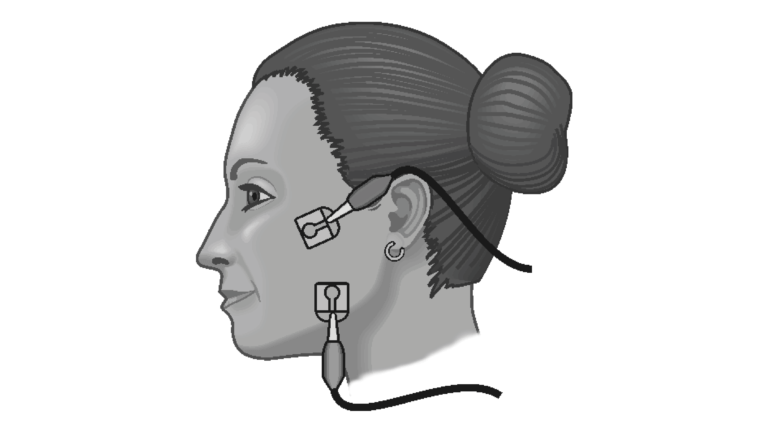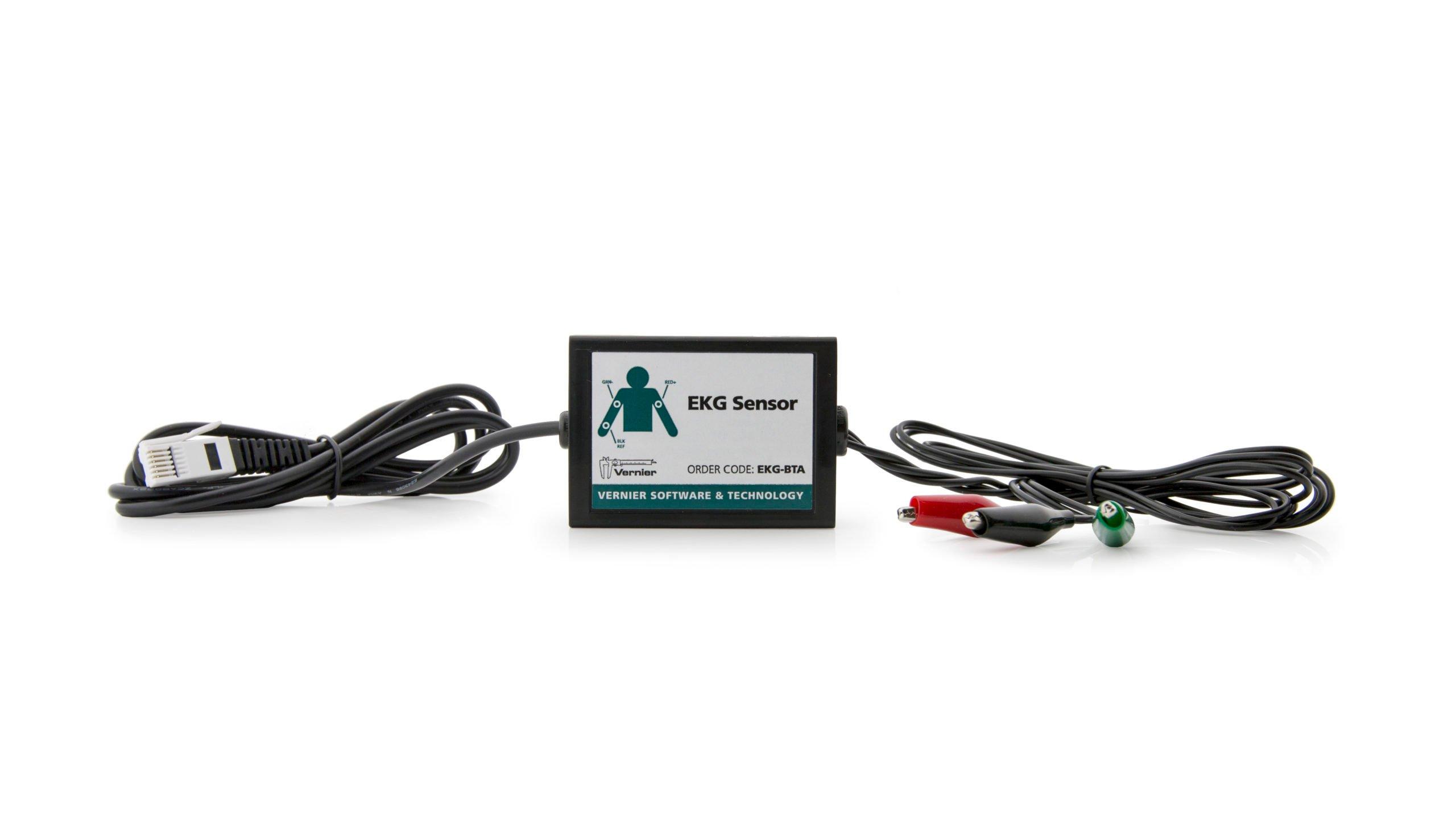
Introduction
An electromyogram, or EMG, is a graphical recording of electrical activity within muscles. Activation of muscles by nerves results in changes in ion flow across cell membranes, which generates electrical activity. This can be measured using surface electrodes placed on the skin over the muscle of interest.
Electrical activity correlates with strength of muscle contraction, and is dependent on the quantity of nerve impulses which are sent to the muscle. This is easily visible in large muscles such as the biceps muscle in the arm and the quadriceps muscle in the leg, but can also be demonstrated in smaller, less visible muscles, such as the masseter muscle in the jaw.
Objectives
In this experiment, you will
- Obtain graphical representation of the electrical activity of a muscle.
- Associate amount of electrical activity with strength of muscle contraction.
- Compare masseter muscle function during different types of chewing activity.
Sensors and Equipment
This experiment features the following sensors and equipment. Additional equipment may be required.
Ready to Experiment?
Ask an Expert
Get answers to your questions about how to teach this experiment with our support team.
- Call toll-free: 888-837-6437
- Chat with Us
- Email support@vernier.com
Purchase the Lab Book
This experiment is #13 of Human Physiology with Vernier. The experiment in the book includes student instructions as well as instructor information for set up, helpful hints, and sample graphs and data.


